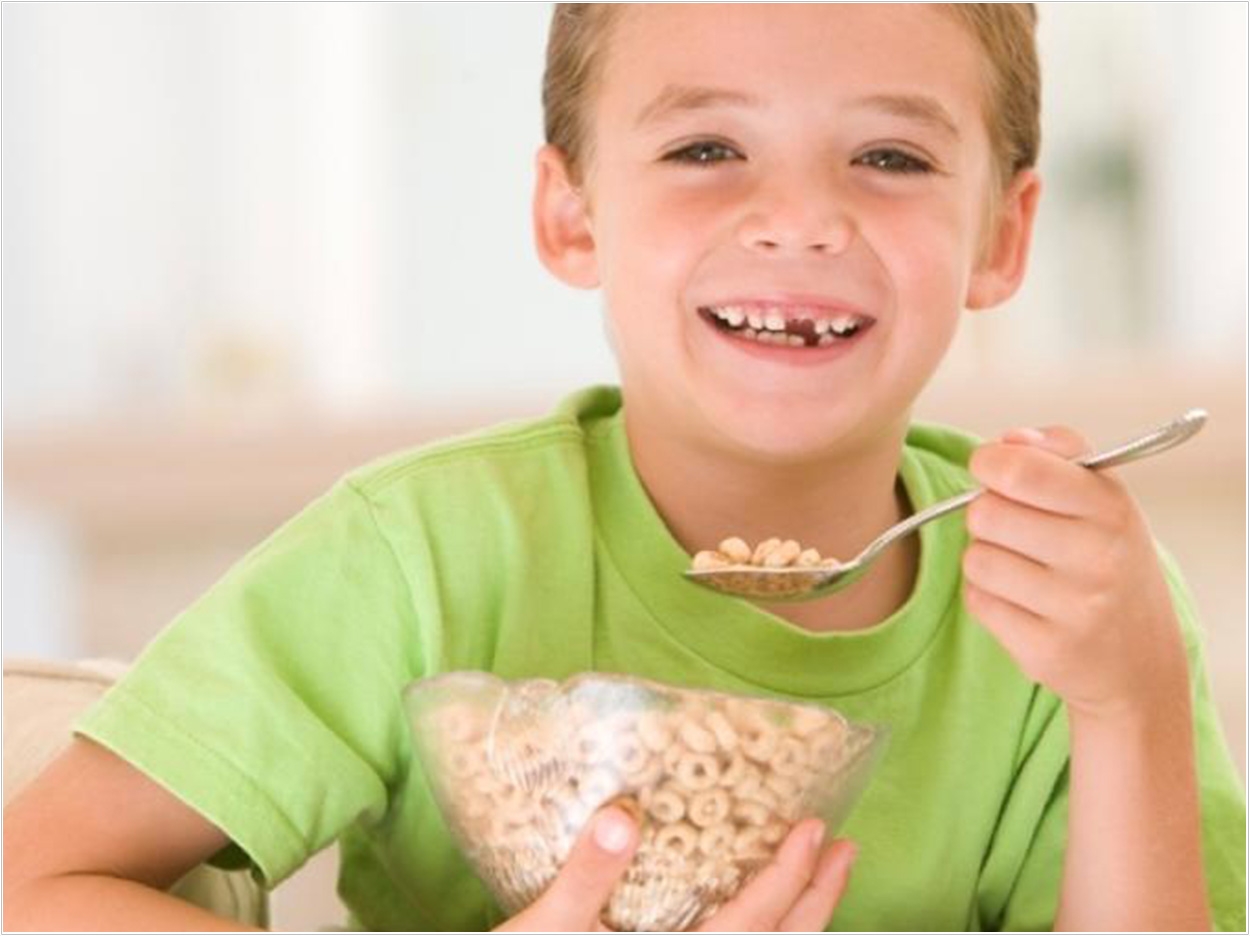
Children in England have already exceeded the maximum recommended sugar intake for an 18-year-old by the time they reach their tenth birthday, according to Public Health England (PHE), based on their total sugar consumption from the age of 2. While sugar intakes have declined slightly in recent years, PHE adds, children still consume about 8 excess sugar cubes each day, or about 2,800 excess sugar cubes per year.
“This results in countless young children and teenagers having to undergo painful and distressing operations in hospital to remove decayed and rotten teeth,” said Dr. Nigel Carter, OBE, chief executive of the Oral Health Foundation, which notes that on average, a 5-year-old child in England has between three and four decayed teeth.
The Local Government Association (LGA) says that doctors performed 45,077 tooth extractions on patients under the age of 18 in England and Wales in 2017 and 2018, which is an 18% increase over the 38,208 extractions performed in 2012 and 2013. The LGA attributed these procedures to significant tooth decay as a result of excessive consumption of sugary food and beverages as well as poor oral hygiene.
To help parents manage sugar intake, PHE’s Change4Life program is encouraging them to “make a swap” the next time they shop, purchasing healthier options instead of junk food. For example:
- Swapping a high-sugar yogurt for a low-sugar yogurt can cut sugar intake from 6 cubes to 3 cubes.
- Swapping a high-sugar juice for a drink with no sugar added can cut intake from 2 cubes to half a cube.
- Swapping a high-sugar breakfast cereal such as frosted or chocolate varieties to low-sugar cereal can cut intake from 3 cubes to half a cube per bowl.
PHE notes that while some foods and drinks remain high in sugar, many companies have reformulated products such as yogurts, juices, and cereals, making these swaps could remove around 2,500 sugar cubes per year from a child’s diet. Yet swapping chocolate, pudding, candy, cakes, and pastries for healthier fare such as malt loaf, sugar-free jellies, lower-sugar custards, and rice puddings would reduce intake even more, PHE adds.
PHE encourages families to look for the Change4Life Good Choice badge in shops, download its free Food Scanner app, or visit its website to find lower-sugar options. The agency is working with the food industry to remove 20% of sugar from the products contributing the most to children’s sugar intakes by 2020. In May 2018, PGE published a study of its progress, showing an average 2% reduction in sugar across categories for retailers and manufacturers.
“Reducing childhood sugar intake is essential, which is why initiatives like Change4Life are vitally important,” Carter said. “Making simple, everyday swaps and reducing the amount of sugar children are having on a regular basis will provide several long-term benefits to their oral health and lowering the risk of childhood obesity and diabetes in later life.”
Related Articles
Doctors Perform 45,000 Extractions on Kids in 2017-2018
Sugar Levy Takes Effect as Extraction Rates Soar
Awareness Campaign to Combat Sugar Consumption and Tooth Decay


